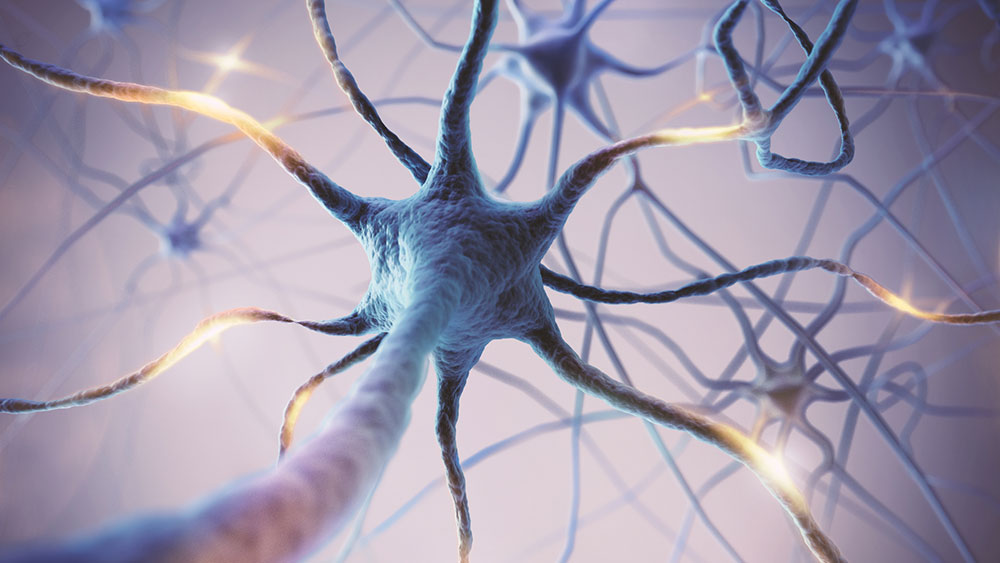
Dr. Shuiwang Ji, a professor in the Department of Computer Science and Engineering at Texas A&M University, is part of a collaborative research community that recently had its paper titled “BigNeuron: a resource to benchmark and predict performance of algorithms for automated tracing of neurons in light microscopy datasets” published in the April issue of the journal Nature Methods.
Initiated in 2015 and led by the Allen Institute for Brain Science, BigNeuron is an international initiative that brings together computer scientists and neuroscientists from a dozen institutions. Its goal is to develop a standard framework to help researchers define the best methods and algorithms for fast and accurate automatic neuron reconstruction. Then it will “bench test” the algorithms on large-scale datasets of images using supercomputers.
The project will result in a large set of publicly available neural reconstruction data images, along with robust tools and algorithms researchers can use for their own analysis work.
In the human brain alone, there are hundreds of billions of neurons, and they are connected to each other via thousands of thin “branches,” forming a 3D treelike structure. To understand how the brain functions and changes over time, scientists must be able to digitally reconstruct these neuronal structures to figure out the shape of each neuron in an image.
Using high-resolution microscopes to capture 3D pictures of individual neurons, scientists have worked on developing fully automated neuron reconstruction methods for nearly 40 years. Recreating them has remained a challenge due to the diversity of species, brain location, developmental stages and quality of the microscopy image sets. These factors make it difficult for existing algorithms to generalize effectively when they’re applied to volumes of images obtained by different labs.
To mitigate this problem, the team developed an automated algorithm using deep learning to figure out the shape of each neuron inside a particular image.
Learn more about the BigNeuron project on the Allen Institute for Brain Science’s website.